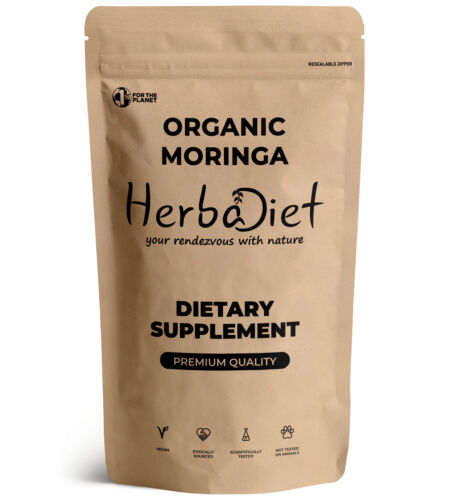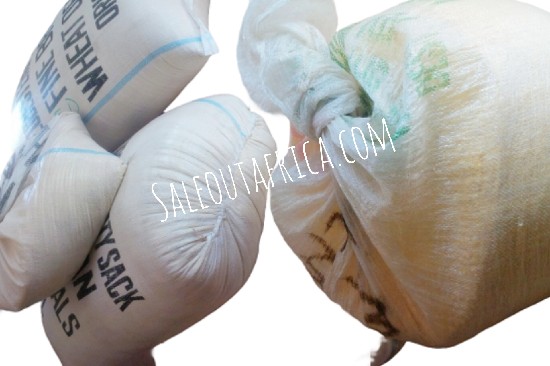Quinoa has exploded to superfood glory in recent years. Promoted as a protein-rich, gluten-free, nutrient-dense grain substitute, it has grown to be a mainstay in kitchens focused on health. But is quinoa indeed the healthiest grain available, or has its reputation been overblown? This deep dive will cover the science, advantages, disadvantages, and shocking facts regarding quinoa to assist you in determining if it should always be on your plate.
From Ancient Staple to Modern Superfood: Quinoa is King.
Quinoa (pronounced keen-wah), quinoa is actually a pseudocereal rather than a grain; it is somewhat similar to spinach and beets. Originating in South America’s Andes, this holy crop was valued as the “mother of all grains” and used by the Inca Empire By now we are in the twenty-first century, and quinoa’s gluten-free reputation, great protein count, and adaptability made it a worldwide sensation.
Popularity, however, often brings criticism. While some doubt if quinoa’s nutritional profile really outshines other grains, others contend that its environmental effect and expense create ethical issues. Allow me to dissect the data.
What Distinguishes Quinoa From Other Foods In Terms Of Nutritional Profile?

The superfood status of quinoa is not unwarranted. The following explains why dietitians hail it:
-
Quinoa is a rare complete protein since unlike most plant-based diets it includes all nine essential amino acids. For vegans, vegetarians, and athletes, a one-cup portion offers roughly eight grams of protein—perfect.
-
Rich in fiber—five grams per cup—quinoa helps digestion, balances blood sugar, and strengthens heart function.
-
overflowing with micronutrients: It’s heavy in magnesium, iron, potassium, and B vitamins. Essential for muscle performance and energy generation, one cup provides thirty percent of your daily magnesium requirements.
-
Low glycemic index and gluten-free: For people with celiac disease or gluten sensitivity, quinoa also has a low glycemic index (GI), so avoiding blood sugar increases.
-
Quercetin and kaempferol found in quinoa are antioxidants connected to lower inflammation and risk of chronic illness.
Comparatively To Other Grains, How Does Quinoa Fare?
Let’s stack quinoa alongside well-known grains such brown rice, oats, and farro to ascertain if it is the “healthiest.”
| Nutrient (per 1 cup cooked) | Quinoa | Brown Rice | Oats | Farro |
|---|---|---|---|---|
| Calories | 222 | 216 | 166 | 220 |
| Protein | 8g | 5g | 6g | 8g |
| Fiber | 5g | 4g | 4g | 5g |
| Iron | 15% DV | 5% DV | 10% DV | 10% DV |
While quinoa shines in protein and iron, oats offer more soluble fiber (great for cholesterol), and farro matches quinoa’s protein. Brown rice is cheaper and widely accessible. The “healthiest” grain ultimately depends on your dietary goals.
The Dark Side of Quinoa: Shocking Downsides You Shouldn’t Ignore
Despite its benefits, quinoa isn’t flawless. Here are lesser-known drawbacks:
- Saponins: A Double-Edged Sword
Quinoa’s natural coating, saponins, can taste bitter and cause digestive discomfort if not rinsed thoroughly. Some studies suggest saponins may interfere with nutrient absorption, though evidence is limited. - Environmental and Ethical Concerns
Quinoa’s global demand has strained Andean farmers, spiking prices and displacing traditional crops. Additionally, large-scale farming contributes to soil depletion in regions like Bolivia and Peru. - High Cost
Quinoa is pricier than rice, oats, or barley, making it less accessible for budget-conscious households. - Oxalates Content
Quinoa contains oxalates, which may contribute to kidney stones in susceptible individuals.
Great Ways To Maximize Quinoa’s Benefits
To make the most of quinoa while mitigating downsides:
- Rinse thoroughly to remove saponins.
- Pair with vitamin C-rich foods (e.g., bell peppers, citrus) to boost iron absorption.
- Buy fair-trade quinoa to support sustainable farming practices.
- Rotate with other grains like millet, buckwheat, or amaranth for dietary diversity.
Final Verdict: Is Quinoa Worth the Hype?
Quinoa is undeniably nutrient-dense, versatile, and a stellar option for plant-based diets. However, labeling it the “healthiest” grain oversimplifies nutrition. No single food can meet all dietary needs, and factors like cost, ethics, and personal health goals matter.
If you enjoy quinoa, incorporate it into balanced meals—think salads, stir-fries, or breakfast bowls—but don’t overlook other wholesome grains. Variety is key to a sustainable, nutrient-rich diet.
FAQs About Quinoa
Q: Is quinoa better than rice for weight loss?
A: Quinoa’s higher protein and fiber content can promote satiety, but portion control and overall diet quality matter more for weight management.
Q: Can quinoa cause bloating?
A: Improperly rinsed quinoa may cause digestive issues. Always rinse it under cold water before cooking.
Q: Is quinoa safe for people with gluten intolerance?
A: Yes! Quinoa is naturally gluten-free, but check for cross-contamination if you have celiac disease.





